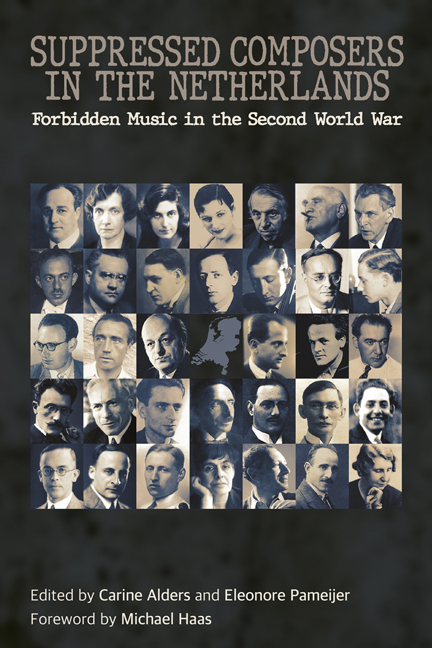19 - Bertus van Lier
Published online by Cambridge University Press: 09 May 2024
Summary
Bertus van Lier was born in Utrecht on 10 September 1906 and was interested in music from an early age. At the age of eight he took cello lessons at the local music school in his home town and he sang in the boys’ choir, performing Bach's St Matthew Passion. During his early years as a pupil at the Utrecht City Gymnasium, he was fascinated by the problems of composing music. In 1923, at sixteen years old, he completed his first composition, Prologue for cello and piano. On the occasion of the 450th anniversary of his gymnasium, Euripides’ tragedy Bacchae was performed, with incidental music by Willem Pijper; Van Lier was given the demanding role of Messenger for which he was commended in the press. He was much inspired by this experience and decided he would be a composer, beginning as a student of Pijper. In an interview dated 3 June 1964 Van Lier tells the interviewer:
I met Pijper for the first time at the Utrecht Gymnasium around 1925. We celebrated the lustrum with the performance of Euripides’ Bacchae. I was part of the cast. The music was Pijper’s. I had been composing from my 12th year on and I was very much impressed by Pijper's music. I cornered him and he looked at my music and he said: ‘Alright, I’ll give you lessons’. But after I passed my final examination of the gymnasium, he told me: ‘First of all get yourself registered at the Conservatorium!’ And that is how things went.
Deciding on his programme at the Amsterdam Conservatoire proved a little complicated: Pijper was teaching harmony, not composition, and van Lier decided to study with Pijper privately. He wanted to study singing as his main subject, but Pijper refused to accept a singer as his composition student. Van Lier therefore studied cello at the Conservatoire, as a student of Max Orobio de Castro. Meanwhile, van Lier's father nourished hopes that his only son would study law, to follow in his father's footsteps as director of the Utrechtsche Hypotheekbank (Utrecht Mortgage Bank), but when his son presented his First Symphony in 1927–28, there were no longer any doubts about his chosen career.
- Type
- Chapter
- Information
- Suppressed Composers in the NetherlandsForbidden Music in the Second World War, pp. 185 - 192Publisher: Boydell & BrewerPrint publication year: 2024



